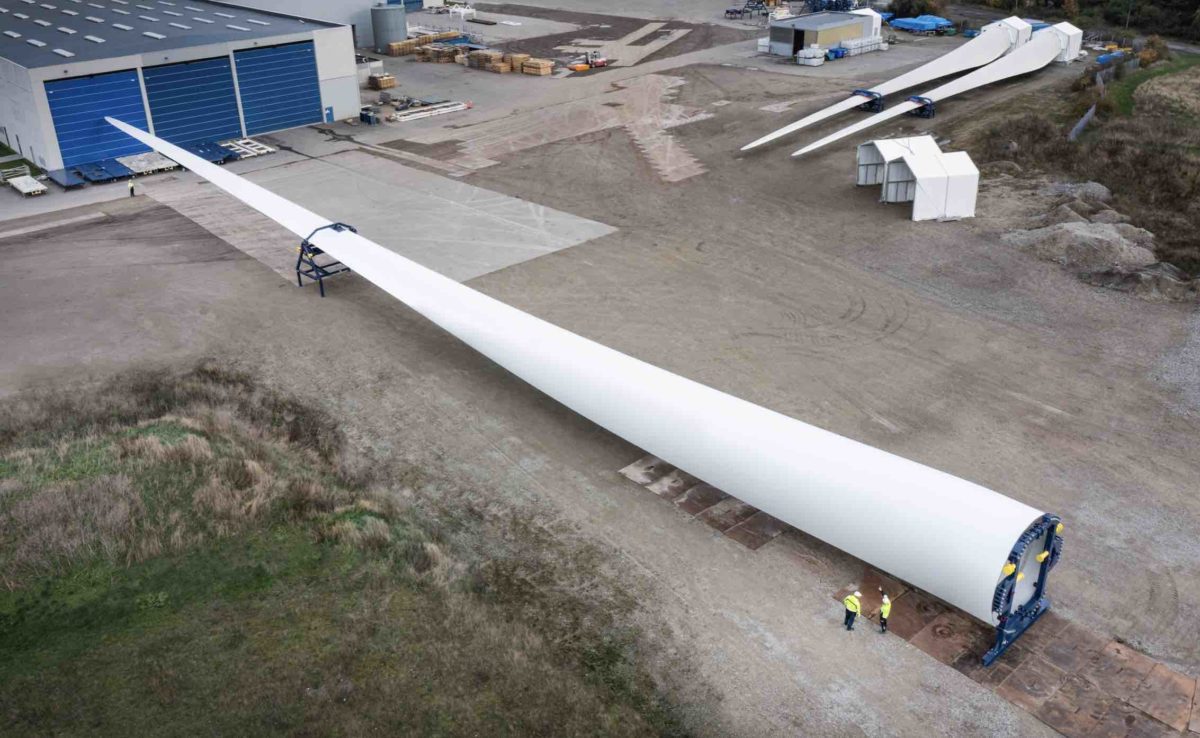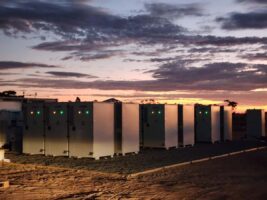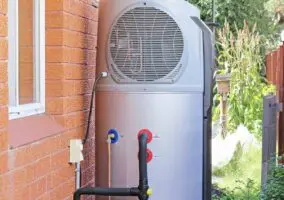Danish wind energy giant Vestas has unveiled a new method of recycling epoxy-based wind turbine blades that stands to revolutionise the circularity and recyclability of the wind energy industry.
Traditionally, wind turbine blades have proven difficult to recycle due to the chemical properties of epoxy resin – a substance virtually relied upon across the industry as a binder for carbon fibre reinforcement due to its light weight and resistance to fatigue.
Unfortunately, epoxy resin is believed to be impossible to break down into reusable components, meaning that wind turbine blades reaching the end of their usable lifespan have often been dumped into landfills.
In a landmark discovery that Vestas hopes will change this, the company has developed a new chemical process that is capable of breaking down epoxy resin into virgin-grade materials.
The new method does not require a change in the design or composition of blade materials, meaning that the recycling method can be applied to turbine blades in use or those that have been dumped into landfill.
“Until now, the wind industry has believed that turbine blade material calls for a new approach to design and manufacture to be either recyclable, or beyond this, circular, at end of life,” said Lisa Ekstrand, vice president and head of sustainability at Vestas.
“Going forward, we can now view old epoxy-based blades as a source of raw material. Once this new technology is implemented at scale, legacy blade material currently sitting in landfill, as well as blade material in active windfarms, can be disassembled, and re-used.
“This signals a new era for the wind industry, and accelerates our journey towards achieving circularity.”
While efforts to create more environmentally friendly wind turbine blades and the growth of a market for recycling blades will continue, the new discovery from Vestas and its partners heralds a massive stepchange for the global wind energy industry.
“The newly discovered chemical process shows that epoxy-based turbine blades, whether in operation or sitting in landfill, can be turned into a source of raw material to potentially build new turbine blades,” said Mie Elholm Birkbak, specialist for innovation & concepts at Vestas.
“As the chemical process relies on widely available chemicals, it is highly compatible for industrialisation, and can therefore be scaled up quickly. This innovation would not have been possible without the ground-breaking CETEC collaboration between industry and academia enabling our progress until this point.”










